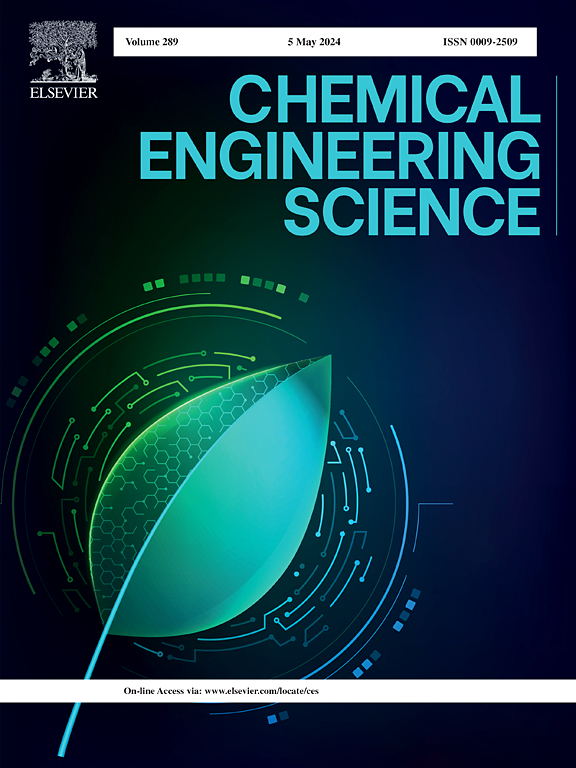Two-dimensional carbon-based nanomaterials convoying dendrite-free Zn/Li metal batteries
IF 4.1
2区 工程技术
Q2 ENGINEERING, CHEMICAL
引用次数: 0
Abstract
Zn and Li metal batteries have garnered significant interest due to their energy density advantage, whereas facing lifespan and safety challenges caused by dendrite formation. Two-dimensional carbon-based nanomaterials (2D-CNM) have been extensively utilized to address dendrite, leveraging their dimensional attributes such as lattice compatibility and feasible assembly. Despite the reviews on carbon materials in metal batteries, the correlation between the 2D structure of 2D-CNMs and dendrite suppression has not been reported. This study aims to fill this gap. It begins by introducing the dendrite formation mechanism and 2D-CNM advantages. Subsequent sections discuss how the pore structure engineering, surface chemistry, and assembly of 2D-CNM contribute to dendrite suppression from perspectives of ion mass transfer and electrodeposition electrode reaction. Insights into dendrite suppression based on advanced characterization techniques are also summarized. Finally, the paper identifies the remaining challenges and suggests potential solutions to steer the rapid progress in this burgeoning field.
锌和锂金属电池因其能量密度优势而备受关注,但同时也面临着枝晶形成所带来的寿命和安全性挑战。二维碳基纳米材料(2D-CNM)利用其晶格相容性和可行的组装等尺寸属性,已被广泛用于解决枝晶问题。尽管有关碳材料在金属电池中应用的综述很多,但关于二维纳米碳材料的二维结构与枝晶抑制之间的相关性还未见报道。本研究旨在填补这一空白。研究首先介绍了枝晶的形成机制和二维 CNM 的优势。随后的章节将从离子传质和电沉积电极反应的角度讨论二维 CNM 的孔结构工程、表面化学和组装如何有助于抑制枝晶。此外,还总结了基于先进表征技术的枝晶抑制见解。最后,本文指出了仍然存在的挑战,并提出了潜在的解决方案,以引导这一新兴领域取得快速进展。
本文章由计算机程序翻译,如有差异,请以英文原文为准。
求助全文
约1分钟内获得全文
求助全文
来源期刊

Chemical Engineering Science
工程技术-工程:化工
CiteScore
7.50
自引率
8.50%
发文量
1025
审稿时长
50 days
期刊介绍:
Chemical engineering enables the transformation of natural resources and energy into useful products for society. It draws on and applies natural sciences, mathematics and economics, and has developed fundamental engineering science that underpins the discipline.
Chemical Engineering Science (CES) has been publishing papers on the fundamentals of chemical engineering since 1951. CES is the platform where the most significant advances in the discipline have ever since been published. Chemical Engineering Science has accompanied and sustained chemical engineering through its development into the vibrant and broad scientific discipline it is today.
 求助内容:
求助内容: 应助结果提醒方式:
应助结果提醒方式:


